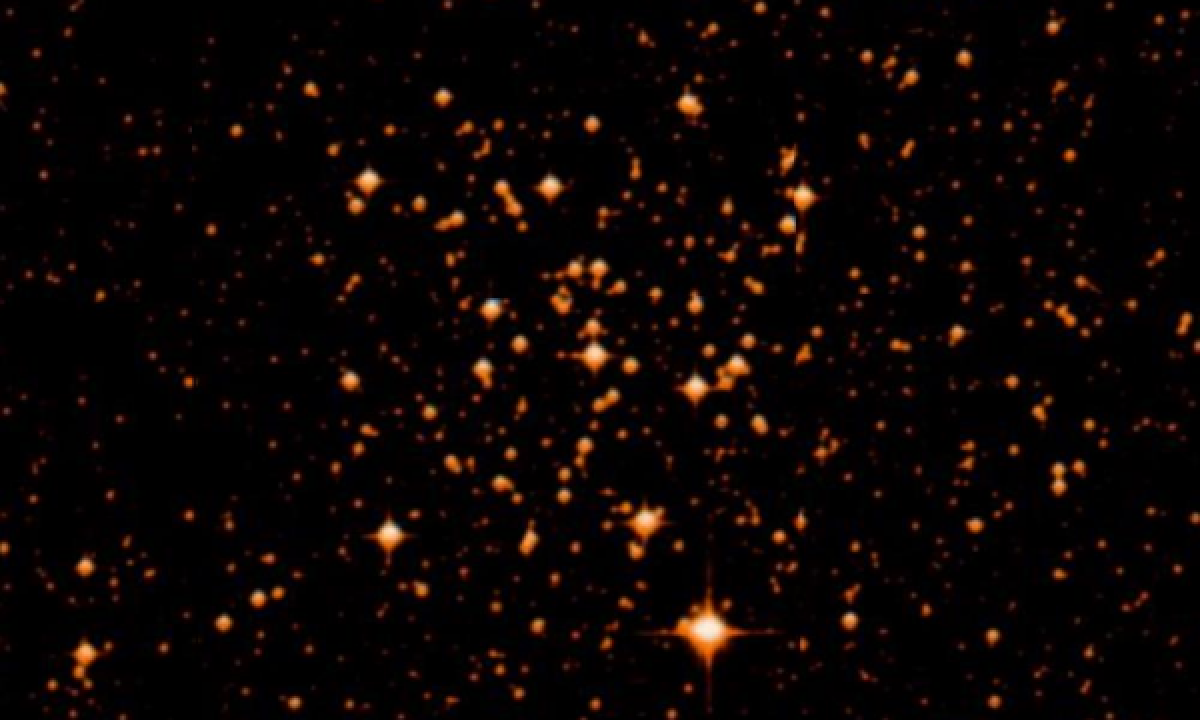The New General Catalogue of Nebulae and Clusters of Stars (abbreviated as NGC) is a catalogue of deep-sky objects compiled by John Louis Emil Dreyer in 1888. The NGC contains 7,840 objects, known as the NGC objects. It is one of the largest comprehensive catalogues, as it includes all types of deep space objects, including galaxies, star clusters, emission nebulae and absorption nebulae.
Know more about NGC
NGC 6649

NGC 6649 is an open cluster in the constellation Scutum. It was discovered by William Herschel on 10 July, 1787. The cluster is about 40–60 million years old and it is located 4,500 light years away. Cepheid variable V367 Scuti is a member of the cluster. NGC 6649 is a rich cluster with more than a thousand members with apparent magnitude over 20 extending at a radial distance of about 21 arcminutes, with the core of the cluster having a radius of 2.4 arcminutes, which corresponds to 1.4 parsecs at the distance of the cluster. The tidal radius of the cluster is estimated to be 35.85±6.64 arcminutes, which corresponds to about 21 parsecs at the distance of the cluster, indicating a cluster with a dense core and an extended halo. Two smaller clusters have been detected in the vicinity of the cluster, forming a triple system. The turnoff point of NGC 6649 is estimated to be at 4.8 M☉, which corresponds to a spectral type of B5. A total of 59 stars are estimated to be of spectral type B, indicating an original star mass of about 2,600 M☉. Two red supergiants are also members of the cluster based on the reddening, along with a Cepheid variable, V367 Scuti. Seven members of the cluster are found to be Be stars, and the cluster hosts two blue straggler star candidates. The metallicity of the cluster is estimated to be [Fe/H] = +0.02 ± 0.07, slightly below the expected value based on the mean galactic gradient.
More Images:

Sources:
Wikipedia Page: NGC 6649
NGC 6649 at In-The-Sky website
